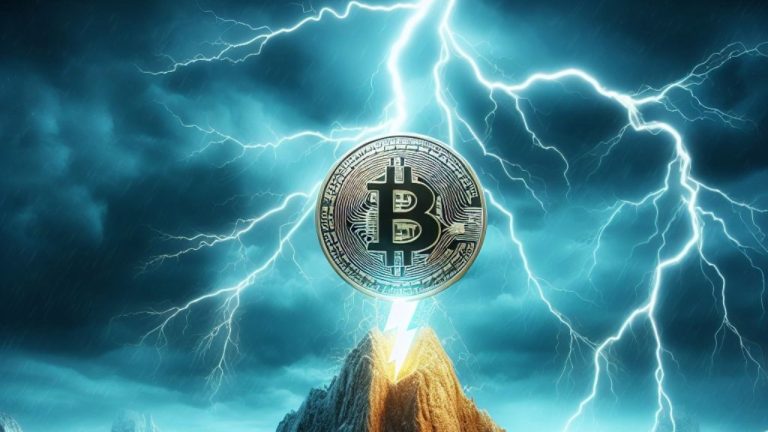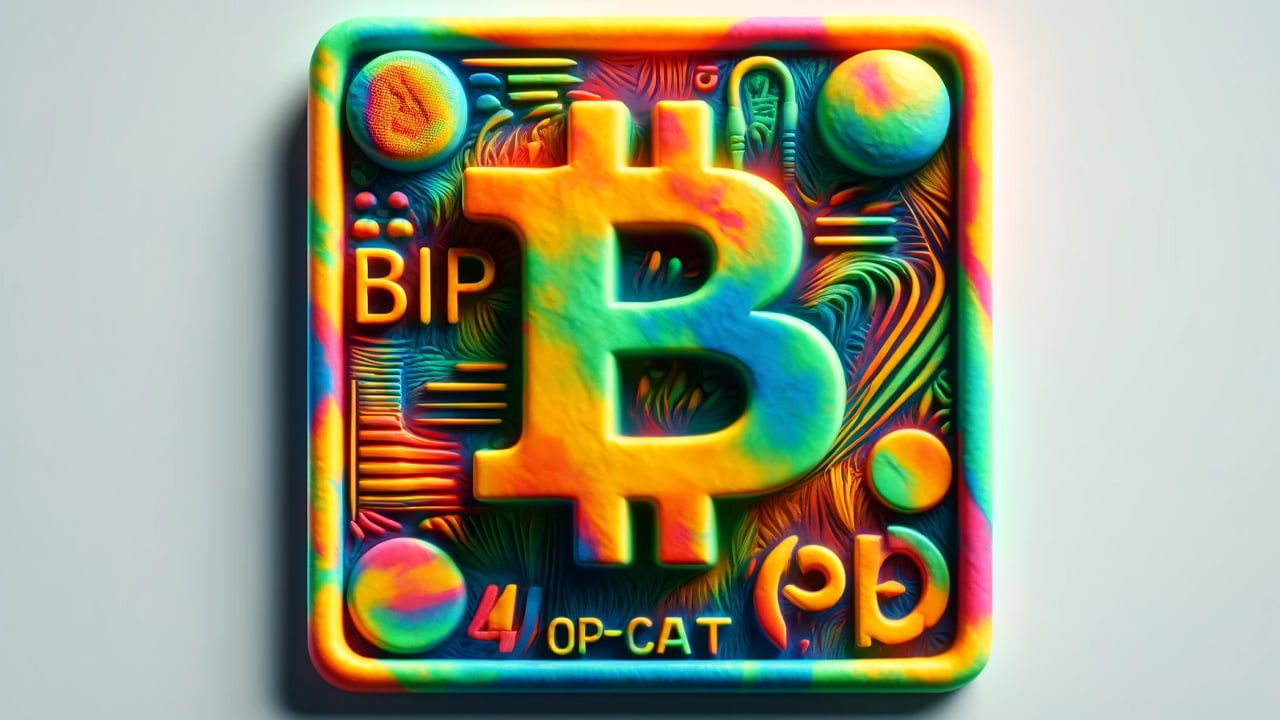
David Marcus, co-founder and CEO of Lightspark, an institutional Lightning Network (LN) payment solutions provider, referred to the state of custodial and non-custodial transactions on the network. While Marcus believes that custodial LN for institutions is ready for prime time, he acknowledged that non-custodial usage still implies compromising on some features.
Lightspark’s David Marcus: Lightning Network ‘Works Well’ for Institutional and Custodial Settings
David Marcus, co-founder and CEO of Lightspark, a Lightning Network (LN) payments solution provider, has referred to the state of custodial and non-custodial payments using Bitcoin’s Layer 2 scaling solution. On X, Marcus reiterated his belief in Bitcoin as the only cryptocurrency that can serve as the base for a worldwide payments network.
Marcus stated:
Bitcoin is the only viable neutral settlement asset and network that can usher in a new era of global real-time payments. Everything else is either too centralized, not secure enough, doesn’t have the required regulatory clarity, or doesn’t have the required depth of liquidity.
Lightspark is based on this premise, seeking to allow institutions and customers to harness the power of the Bitcoin network but using LN to avoid high fees with near-instant transaction finality. According to Marcus, this task has been challenging, having previously stated that it was “incredibly complex and hard to build software around this protocol.”
Nonetheless, the company has managed to build a suite of tools and protocols that have simplified the use of LN for institutions in custodial scenarios. Marcus stated that the company has focused on this part of the market due to the volumes moved, seeking to have the most significant impact in the short and medium-term scenarios.
Non-Custodial LN Problems
The current situation with high on-chain fees and how some wallets manage channels and user payments have awakened the debate on the usefulness of non-custodial LN solutions when the base layer suffers from congestion.
Marcus specifically outlined two challenges: receiving payments offline and reducing the fees for opening channels for smaller transactions. While some solutions are in the works for tackling these difficulties in the future, he acknowledged that current non-custodial LN users had to face tradeoffs.
Marcus declared:
To be blunt, if you want full support for non-custodial Lightning with offline receive and want to make it economically viable, you have to accept some form of compromise on the trustlessness level of the solution.
Even after recognizing this, Marcus is bullish on the future, stressing Bitcoin is on the brink of becoming the internet’s money protocol and achieving mass adoption.
What do you think about David Marcus’ opinions on the current state of non-custodial LN payments? Tell us in the comments section below.





